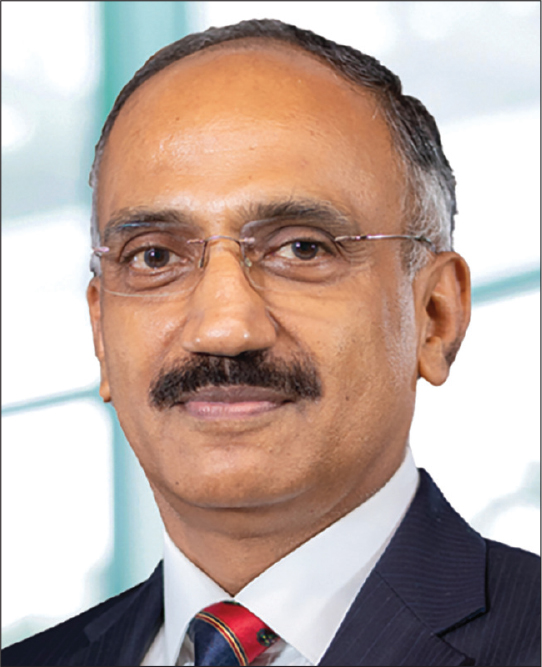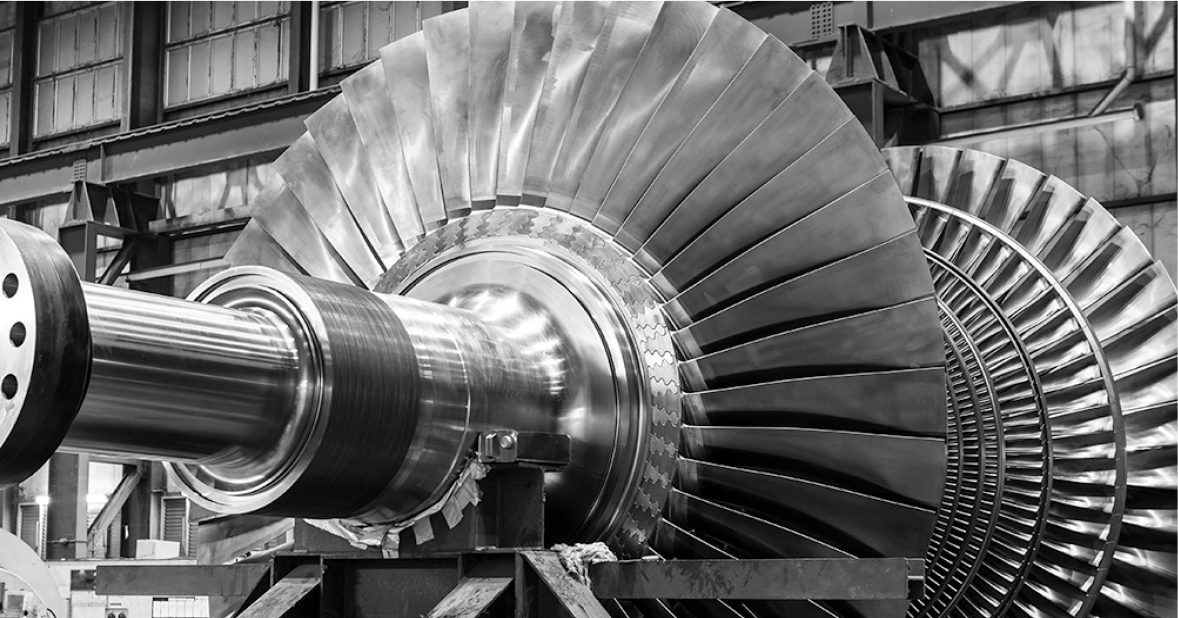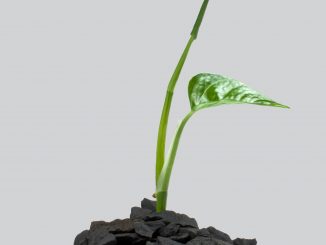 With evolving sector dynamics, Bharat Heavy Electricals Limited (BHEL) is increasingly focusing on the indigenisation of clean coal technologies and development of advanced ultra-supercritical technologies. The company is also gearing up to tap opportunities in emerging fields such as hydrogen, Industry 4.0, coal to methanol, battery energy systems as well as electric vehicle (EV) charging. In an interview with Power Line, Dr Nalin Shinghal, chairman and managing director, BHEL, spoke about the evolution of the power equipment industry, the challenges faced by the sector, the company’s achievements, and future outlook…
With evolving sector dynamics, Bharat Heavy Electricals Limited (BHEL) is increasingly focusing on the indigenisation of clean coal technologies and development of advanced ultra-supercritical technologies. The company is also gearing up to tap opportunities in emerging fields such as hydrogen, Industry 4.0, coal to methanol, battery energy systems as well as electric vehicle (EV) charging. In an interview with Power Line, Dr Nalin Shinghal, chairman and managing director, BHEL, spoke about the evolution of the power equipment industry, the challenges faced by the sector, the company’s achievements, and future outlook…
What, in your view, have been the most noteworthy achievements in the power sector over the past 25 years?
The Electricity Act, 2003 was a watershed moment in the development of the power sector. Afterwards, there have been several positive amendments to the act. With the opening up of the sector, this act ensured an investor-friendly environment for potential developers in the power sector and provided an impetus to distribution reforms to be undertaken in India. The industry responded strongly to the reform measures with wide participation from public and the private sector, leading to a steep change in capacities and improvement of efficiencies.
The large-scale success of renewables in the country in recent times would be one of the noteworthy achievements, which has the potential to change the power sector landscape in the coming years.
How has the power equipment industry’s landscape evolved during this period?
India’s power sector has evolved substantially over the past few decades and has witnessed a sea change across the entire value chain. The power equipment industry has responded in line with these changes. The transition from subcritical to supercritical power plants has happened very successfully in the thermal segment. Higher efficiencies and unit sizes have been the guiding factors for technology development. It is notable that the Indian equipment industry has responded with end-to-end indigenisation of the entire value chain in the power sector. The revised emission norms in recent years have ensured the development and deployment of emission control equipment for existing and upcoming thermal plants. Focus on renewables and its impact on the equipment manufacturing industry is still evolving and will be the next major area of technology development and investment.
What will be the biggest challenge for the power sector, going forward?
I believe that global warming and the need to reduce the carbon footprint will be the biggest challenge as well as driver of the power sector worldwide. In the Indian context, the financial viability of the sector will continue to be a major challenge. The development of appropriate solutions to handle complexities in the integration of renewables into the national grid will decide the future course of this sector. In the context of renewables, a reduction in the dependence on imports will be a critical factor, as has been experienced with the growth of conventional fuel-based plants earlier.
What have been BHEL’s most notable achievements till date?
BHEL is one of the few companies in the world to have installed over 193,000 MW of power generating equipment globally, straddling the entire spectrum from coal, lignite, gas, nuclear, hydro to solar. I am proud to say that BHEL-manufactured equipment constitutes over half the thermal power generating capacity of the country.
BHEL is the sole Indian manufacturer of nuclear turbines in the country and is associated with all three stages of the country’s Nuclear Power Programme. In fact, 12 of the 18 presurrised heavy water reactors (PHWRs) in the country have been supplied by the company (balance imported).
In the hydro sector, BHEL sets account for 46 per cent of the country’s total installed hydropower capacity, which is a testimony to BHEL’s market leadership in the hydro business segment. In the emission control business, BHEL is the undisputed leader, garnering the maximum share of selective catalytic reduction (SCR) and the flue gas desulphurisation (FGD) business.
“Global warming and the need to reduce the carbon footprint will be the biggest challenge as well as driver of the power sector worldwide.”
What are the current focus areas of BHEL in the power sector?
BHEL is the leader in the power generating business with the highest installed base in the country. With the country’s focus on indigenising clean coal technologies, BHEL is indigenising equipment for FGD to reduce costs as well as imports, and indigenising and adapting SCR equipment for high ash containing Indian coal. Additionally, the company has designed the country’s most efficient and lower emission advanced ultra-supercritical (AUSC) technology for coal-based power plants. In line with the government’s vision of Aatmanirbhar Bharat in the power sector, the company is working with utilities to offer spares and services for non-BHEL equipment to reduce their dependence on imports.
“BHEL is focusing on the indigenisation of imports. We are working closely with local industries/suppliers to develop capabilities and replace imports.”
 What is BHEL’s vision towards emerging technology areas of the future?
What is BHEL’s vision towards emerging technology areas of the future?
We, at BHEL, firmly believe that technology is the key to success in the new era. In line with this, we are investing in technologies of the future. On the thermal energy side, we have taken up work on clean coal technologies including AUSC and emission control technologies. From a future perspective, we are working on hydrogen (various elements of the hydrogen economy including generation, storage, transportation and utilisation). Commercialisation of this technology will still take time, but early opportunities are visible and our efforts are invested in this direction. Other technologies where the company is making concerted efforts include Industry 4.0 solutions for process industries, coal to methanol, battery energy systems/EV charging, among others. Additive manufacturing is another area which, I believe, will disrupt all areas of manufacturing in the near future and thus we are identifying early opportunities and working on the same.
“The Electricity Act, 2003 was a watershed moment in the development of the power sector. It ensured an investor-friendly environment for potential developers and gave an impetus to distribution reforms.”
How is BHEL looking to leverage the opportunities emerging from Aatmanirbhar Bharat?
BHEL has been making in India for over five decades and the Aatmanirbhar Bharat initiative has come at a very opportune time. It gives us an opportunity to again take a lead in the manufacturing segment in the country, not just in existing products, but also in products and technologies relevant to India in the future.
Currently, the company is focusing on indigenisation of imports, partnering with other public sector undertakings for indigenous development of items imported by them, as well as in-house development and manufacturing of major items in the country’s engineering imports basket. We are also closely working with local industries/suppliers to develop capabilities and replace imports. Efforts are also under way to leverage opportunities from specific production-linked incentive schemes.



